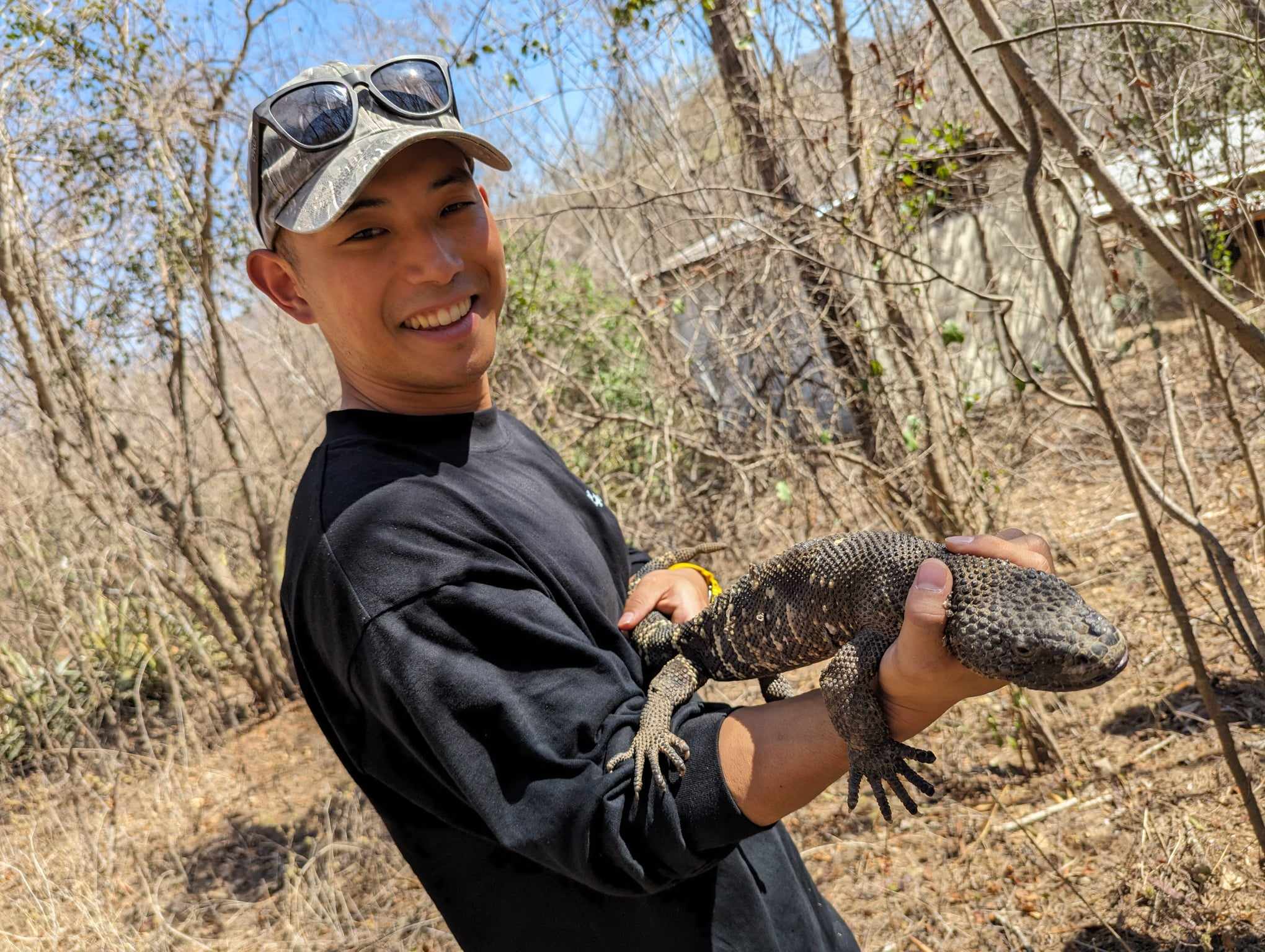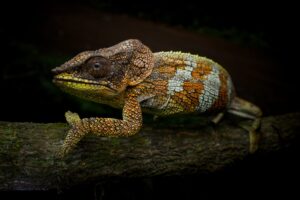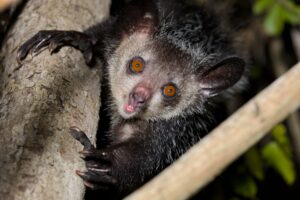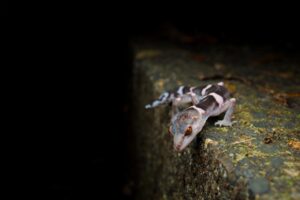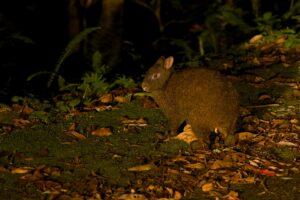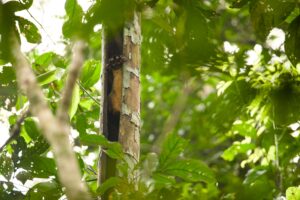Deep in the Ecuadorian Amazon live some of the world’s smallest and most fascinating primates. During my month-long stay in the region, I was lucky enough to observe four incredible species—three types of tamarins and one marmoset. In this post, I’ll share a little about each of these unique and elusive creatures.
① Western Pygmy Marmoset
(Scientific name: Cebuella pygmaea)
Once considered the world’s smallest monkey (until other tiny species were discovered), the pygmy marmoset has some unusual habits—its main food source is tree sap!
To photograph this elusive monkey, I waited for hours, completely camouflaged, after hearing their high-pitched “chee-chee” calls from the trees. Despite being swarmed by thousands of mosquitoes, I finally managed to capture a few shots.
If you compare it to the leaves nearby, you’ll see it’s about the size of a human finger—incredible!
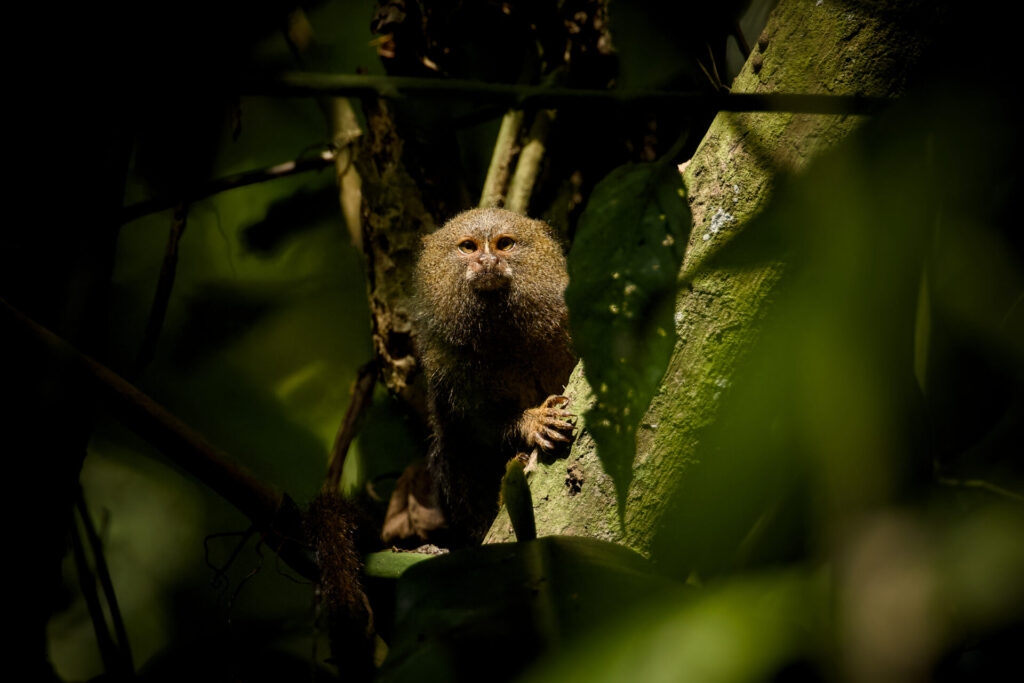
(Scientific name: Cebuella pygmaea)
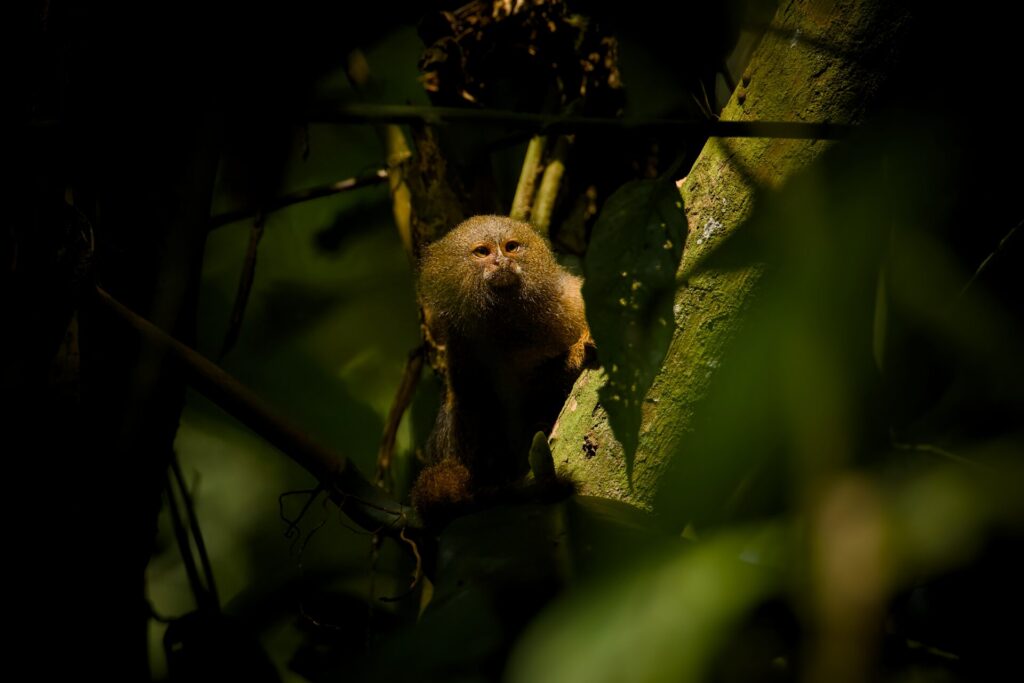
② Golden-mantled Tamarin
(Scientific name: Leontocebus tripartitus)
This is likely the most difficult tamarin to observe in the Ecuadorian Amazon. Not only are their numbers low, but they also spend most of their time high up in the canopy.
However, on a rainy day while searching for poison dart frogs, I got lucky and spotted a group sheltering from the rainat a lower height than usual—allowing for some rare, close-up observation and photography.
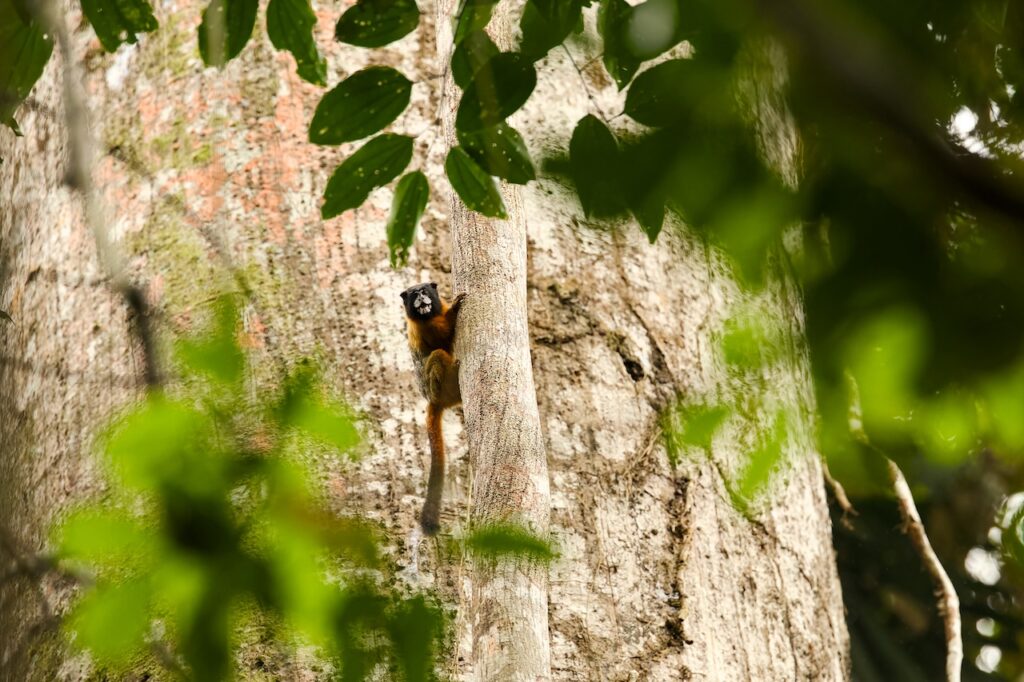
(Scientific name: Leontocebus tripartitus)
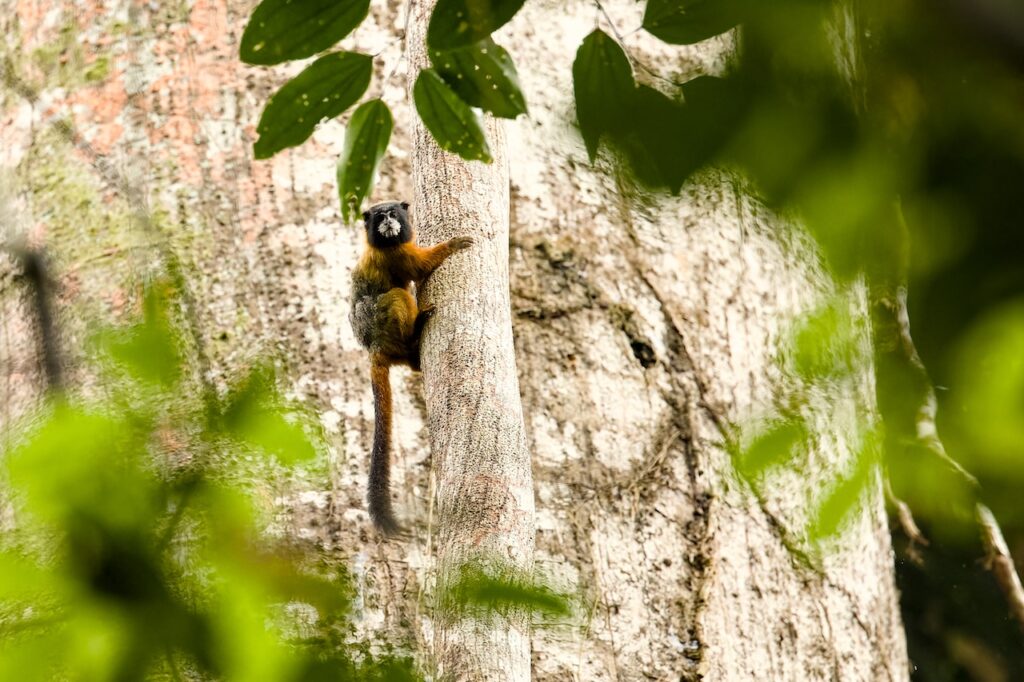
③ Saddle-back Tamarin
(Scientific name: Saguinus fuscicollis)
This tamarin is probably the easiest to spot in the Ecuadorian Amazon. Despite their small size, they are surprisingly bold—I once saw one stand its ground even when barked at by a dog!
Because of their fearless nature and tendency to move closer to the ground, this species is often the first tamarin people encounter during their Amazon explorations.
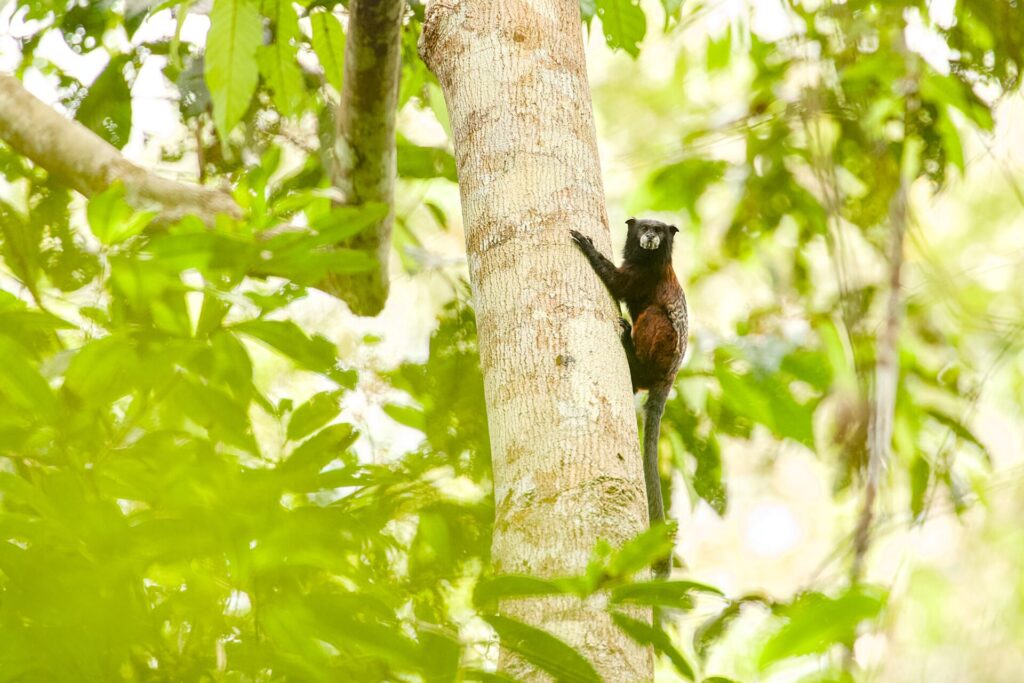
(Scientific name: Saguinus fuscicollis)
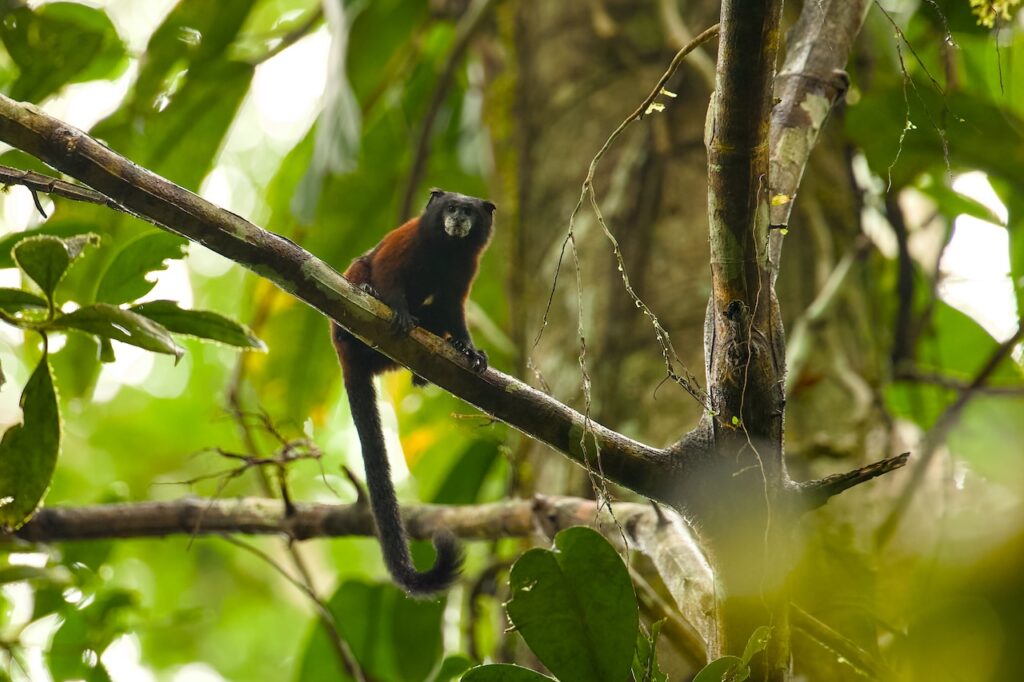
④ Black-mantled Tamarin
(Scientific name: Saguinus nigricollis)
Unlike the others, this species tends to live in higher-elevation areas. I observed them in a large tree located in a park at the edge of a town near the Amazon.
The photo I captured was taken from about 30 meters (100 feet) off the ground—a nerve-wracking height, but well worth it for a glimpse of their natural behavior.
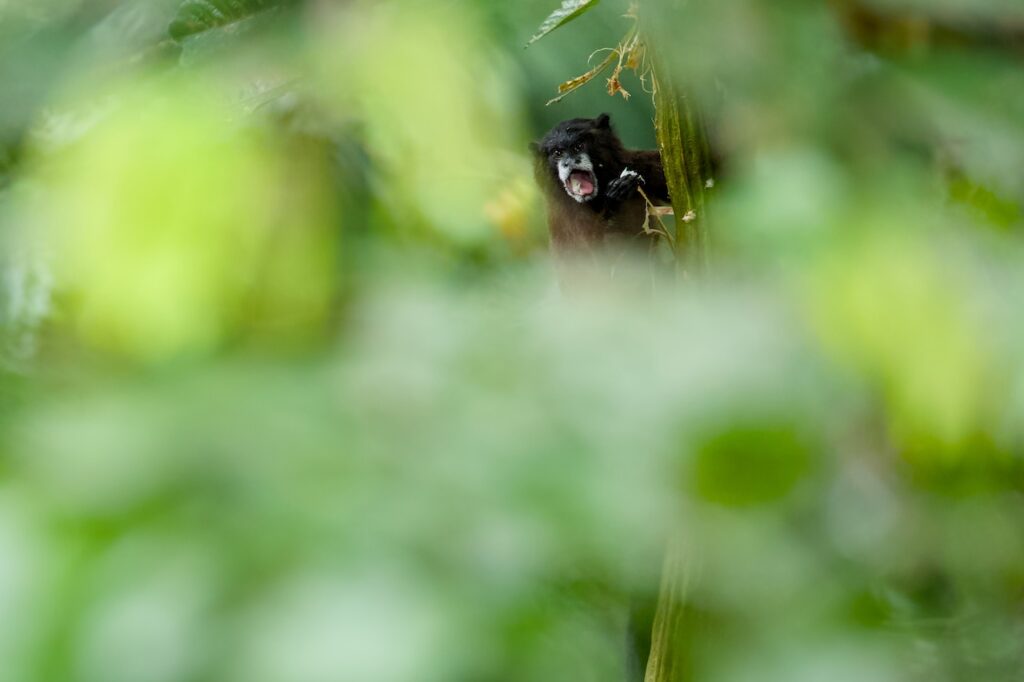
(Scientific name: Saguinus nigricollis)
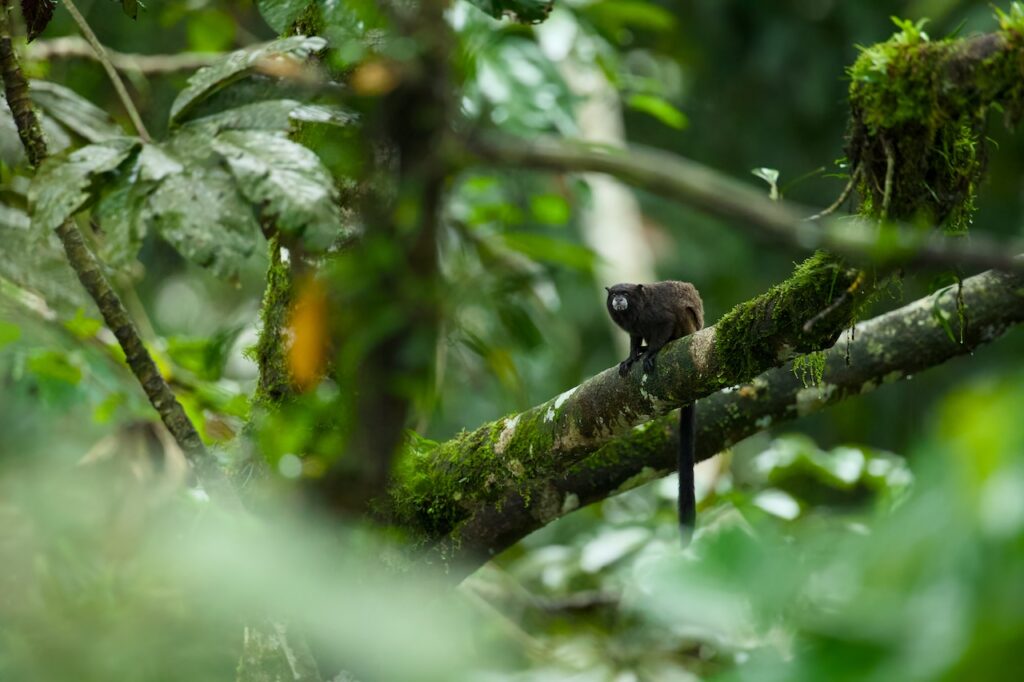
These tiny monkeys are just a small part of the Amazon’s incredible biodiversity. It’s amazing to think that creatures so small and delicate can thrive in such a wild and dynamic environment.
If you ever get the chance, I highly recommend venturing into the jungle to try and spot them for yourself—it’s an experience you’ll never forget.

